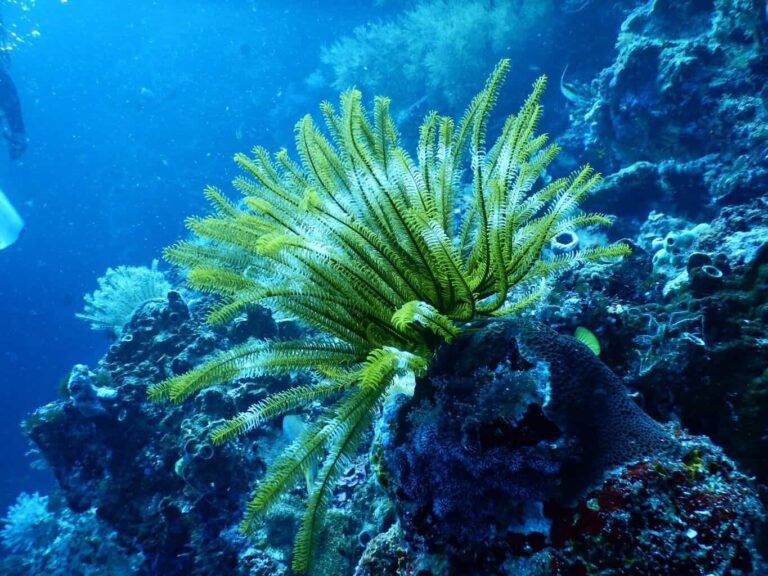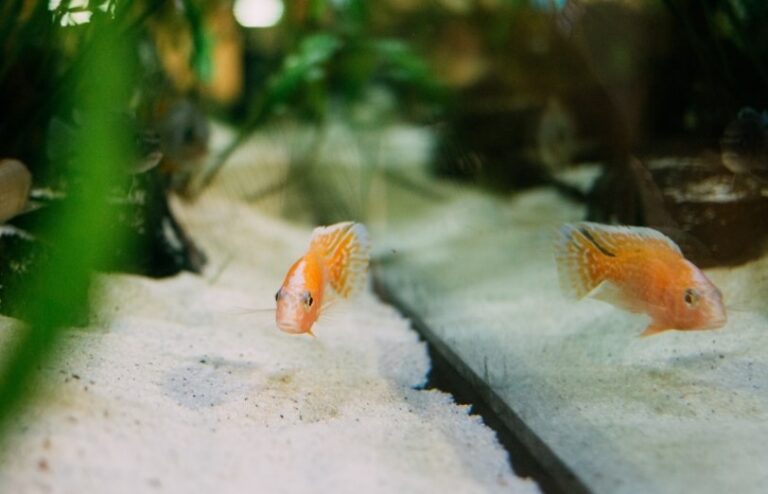Fish tank temperature is crucial for maintaining the health of your fish and plants. Firstly, it is important because each species has its own requirements for water temperature. Apart from that, monitoring aquarium temperature can help with properly treating disease, breeding fish, and many more.
There is no scientific data on whether or not slight temperature changes are harmful, but it is certain that rapid and frequent temperature changes are dangerous for your fish’s health. How can you ensure more or less stable temperature levels? To answer that question, let’s examine the factors that affect temperature of your fish tank the most.
Factors That Impact Fish Tank Temperature
Fish tank location
Location is the number one factor affecting the temperature of the fish tank. If you place an aquarium near a window or a door, their internal temperature can and probably will be significantly affected each time you open one or the other. Even if you don’t open the nearby windows, they still can let sunlight in, which in its turn can significantly increase water temperature. You should never place aquariums in locations that receive sunlight throughout the day or next to doors/windows to avoid drafts.
Lighting
Aquarium lights also greatly impact water temperature regardless of their type. While incandescent bulbs produce high levels of heat, even newer lighting types can heat the water up during the day. The best thing you could do is monitor the water temperature and understand how much the interior lighting impacts the temperature. Then, you may want to reconsider your lighting choice or just manage its intensity throughout the day.
Water change
Water changes can significantly impact water temperature as well. Depending on the volume of the changed water, the temperature can fluctuate quite severely. That’s why small water changes are always preferred to large changes. Furthermore, the temperature of the new water should be measured to make sure that it matches the water temperature in the fish tank as closely as possible.

Faulty equipment
The most common issue with the fish tank’s equipment is faulty heaters. Inefficient operation can result in uneven or low fish tank temperatures. If you measure water temperature frequently, you may quickly discover the issues. Otherwise, you will only realize that something is wrong when your fish get sick or even die.
However, some people still don’t realize that the issue is hidden within the heater! So make sure to monitor water temperature often. One thing to add here, the most commonly used cheap digital thermometers can give you false reading. So, unless you are using a lab grade thermometer, always check with more than one equipment and find out the real temperature.
Adding New Fish And Temperature Acclimating
When you buy a fish from your LFS or import it, the water parameters and temperature could be very different from your home aquarium. Among all the parameters, temperature is the most important one. Fishes get shocked if the difference is big and it could cause more harm to them than you think.
There is no way to avoid this issue completely, but you could minimize it! One thing you could do is insulating the fish during transport. This is done to minimize temperature change during transportation, which becomes more important in cold as well as hot weather. Upon reaching the destination, the fish should be acclimated before being released into the aquarium.
How To Pick The Ideal Tank Temperature?
The ideal water temperature depends on the fish species, but generally, tropical fish do the best in the 75-80F range. On the other hand, cold water fish should be kept in colder water. The most common temperature for cold water fish is about 70F, but the best temperature depends on the species.
That is another reason you should always follow the fish compatibility chart before making a community tank. Mixing a cold water fish with a tropical one may not always induce aggression in the tank but you can never find an optimum temperature for all the species at the same time!
How To Control Temperature
Well it depends on the location of your residence. Considering your room temperature through out the year you may need a Heater or a Chiller or a combination of both if you want to automate the system. In such case the best way is to use a thermostat and let it decide when to run the heater or the chiller. It will automatically maintain your desired temperature and surely save some electricity bill in the long run!
Beside the automation and electricity saving there are other benefits of a thermostat. Most of the heaters or chillers in the market doesn’t come up with a high precision temperature detector. If you blindly depend on the reading of the heater or chiller, you may end up with too hot or too cold water. Thermostats could be a good solution for this. Most of the thermostats have good quality sensors and also if the reading is wrong there is an option to calibrate it before use.
Conclusion
In the end, the species of the fish and plants you intend to keep in your aquarium is what impacts the choice of fish aquarium temperature. There is no universal temperature in which you can keep any fish. Additionally, make sure to pick fish and plants that have similar water temperature needs. Be mindful of fish breeding water temperatures as well. Then, make sure to frequently measure water temperature to be able to quickly discover issues and avoid rapid temperature changes. Happy fish keeping!






